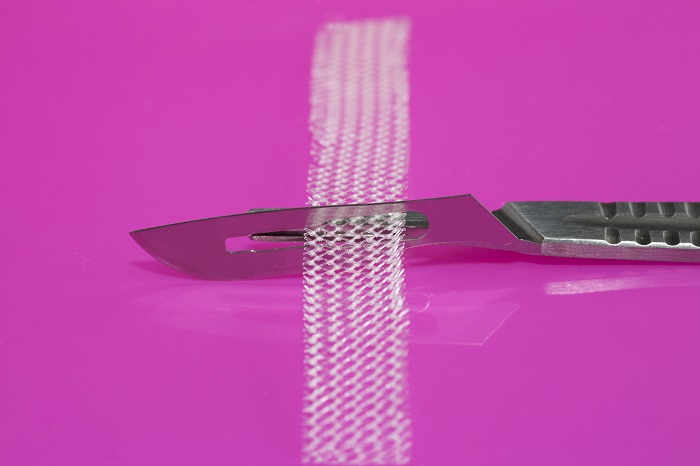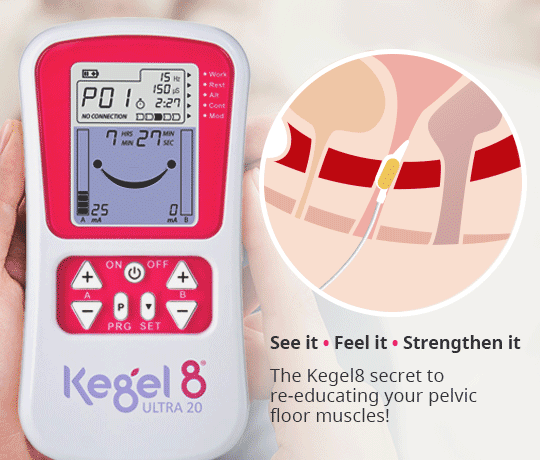
Synthetic mid-urethral slings are a common surgical treatment option for stress urinary incontinence (SUI), which is the involuntary leakage of urine during activities that increase intra-abdominal pressure, such as coughing, sneezing, laughing, or lifting. Neurogenic lower urinary tract dysfunction (LUTD) refers to bladder and sphincter dysfunction caused by neurological conditions, such as spinal cord injuries, multiple sclerosis, or stroke. When neurogenic LUTD leads to stress urinary incontinence, synthetic mid-urethral slings can also be considered as a treatment option.
Here's a breakdown of the key concepts:
-
Synthetic Mid-Urethral Slings: These are surgical devices designed to support the urethra and restore its normal position in cases of stress urinary incontinence. They are called "mid-urethral" because they are placed under the middle portion of the urethra. These slings are typically made from synthetic materials, such as polypropylene mesh, which is biocompatible and well-tolerated by the body.
-
Stress Urinary Incontinence (SUI): SUI occurs when the muscles and tissues that support the urethra and bladder are weakened or damaged. This can lead to urine leakage when there's pressure on the bladder, as mentioned earlier.
-
Neurogenic Lower Urinary Tract Dysfunction (LUTD): This refers to problems with bladder and sphincter function caused by neurological conditions. Neurogenic LUTD can disrupt the coordination between the bladder muscle (detrusor) and the urethral sphincter, leading to issues with urination and, in some cases, urinary incontinence.
-
Treatment Approach: When neurogenic LUTD results in stress urinary incontinence, treatment aims to address both the neurological condition and the urinary incontinence. For cases where stress incontinence is a predominant symptom, even in the presence of neurogenic LUTD, synthetic mid-urethral slings can be considered.
-
Surgical Procedure: During the sling procedure, a synthetic mesh sling is inserted through small incisions in the vaginal wall or abdomen. The sling is positioned under the middle portion of the urethra to provide support and help prevent urine leakage during activities that trigger stress on the bladder. The procedure is minimally invasive and is usually performed under local or general anaesthesia.
-
Considerations: It's important to note that while mid-urethral slings can be effective for managing stress incontinence in neurogenic LUTD, each patient's condition is unique. The decision to use a sling should be based on a thorough evaluation of the patient's neurological condition, urodynamic testing, and an assessment of potential benefits and risks. Some individuals with severe neurological conditions might require a more comprehensive approach that combines medical management, behavioural strategies, and possibly surgical interventions.
As always, medical decisions should be made in consultation with healthcare professionals who can provide personalized advice based on the individual's specific medical history and condition.
Clinical References:
Sarrazin C, Windisch OL, Baron M, Boillot B, Thuillier C, Lefevre C, Perrouin-Verbe B, Ruffion A, Perrouin-Verbe MA. Synthetic Mid-urethral Sling for the Treatment of Urinary Incontinence in Women With Neurogenic Lower Urinary Tract Dysfunction: A Multicentric Retrospective Study. J Urol. 2023 Jun;209(6):1176-1183. doi: 10.1097/JU.0000000000003388. Epub 2023 Feb 22. PMID: 36812396.
Urology News.uk.com: Synthetic mid-urethral slings for stress incontinence in neurogenic LUTD
Reviewed by Jay Khastgir Consultant Urological Surgeon & Senior Lecturer
Princess of Wales Hospital, Bridgend & Swansea University School of Medicine.





